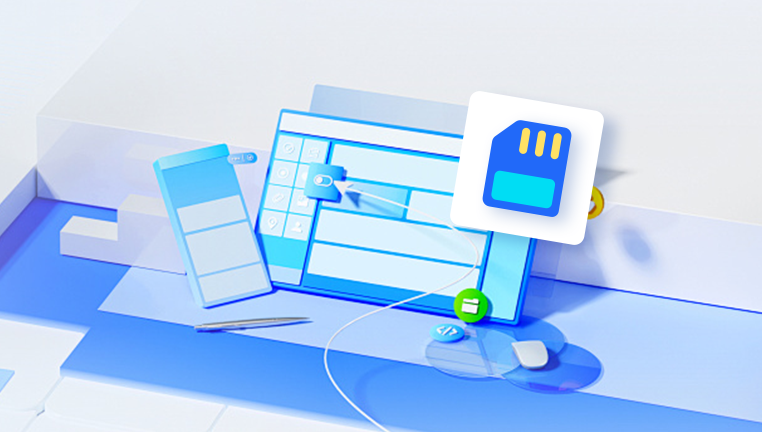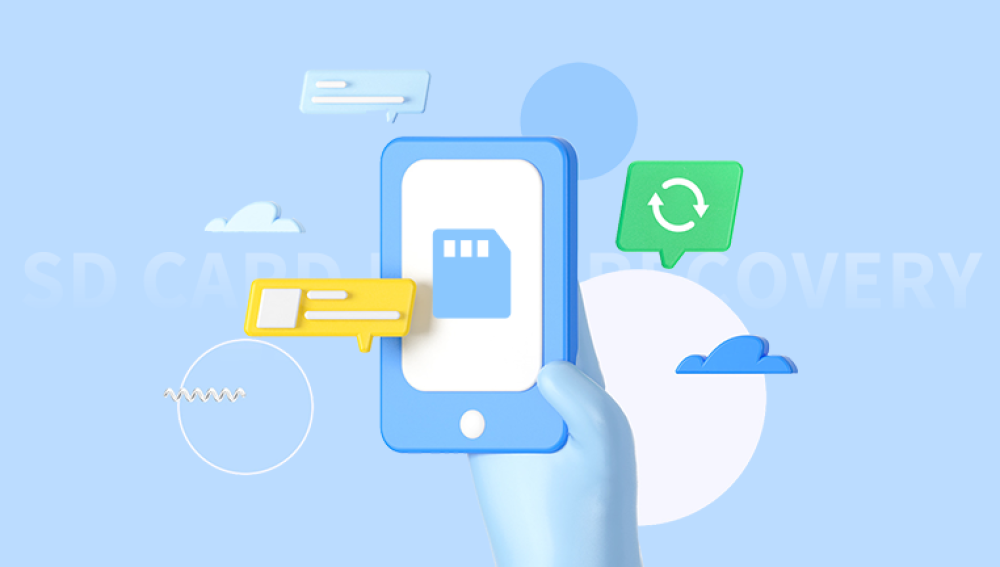Formatting a storage device whether a hard drive, SSD, USB stick, or memory card often seems like the end of the line for your data. Many users panic when they realize they have formatted a drive containing important documents, photos, videos, or other critical files. The good news is that data recovery after formatting is often possible, depending on the type of format, the storage medium, and the actions taken after formatting.
1. Formatting
1.1 What Does Formatting Do?
Formatting is the process of preparing a storage device for use by creating a new file system. Popular file systems include NTFS, FAT32. and exFAT for Windows, and APFS or HFS+ for macOS. Formatting involves removing references to files in the file allocation table (FAT) or master file table (MFT), which organizes and indexes where each file is stored on the device.
There are two main types of formatting:
Quick Format: Deletes file system references but does not overwrite the actual data. The files themselves remain physically on the storage medium.
Full Format: Erases file system references and overwrites all sectors (on modern systems), making recovery much more difficult, though not always impossible.

1.2 What Happens to Data After Formatting?
After a quick format, the operating system marks the space occupied by files as free but does not erase the data. It remains accessible using specialized recovery tools until overwritten by new files. A full format, on the other hand, attempts to overwrite data sectors with zeros, reducing the chances of recovery significantly.
2. Factors Affecting Data Recovery
Several factors determine whether data can be successfully recovered after formatting:
Type of Format: Quick formats are much more recoverable than full formats.
Storage Medium: HDDs are easier to recover than SSDs due to TRIM operations in SSDs that actively erase deleted blocks.
Time Since Formatting: The sooner recovery is attempted, the higher the success rate.
Usage After Formatting: Writing new files over the formatted drive reduces recovery chances.
File System Type: Some file systems leave more metadata intact, aiding recovery.
3. Common Scenarios Where Recovery Is Needed
Accidentally formatting a USB drive or external hard drive.
Reinstalling an operating system and formatting the system partition.
Formatting an SD card in a camera before backing up photos.
Formatting a drive due to errors or corruption.
4. Step-by-Step Data Recovery Methods
Step 1: Stop Using the Drive
Immediately stop using the formatted device to prevent overwriting recoverable data. Every new file saved can overwrite sectors containing lost files.
Step 2: Choose the Right Recovery Software
Drecov Data Recovery
Drecov Data Recovery uses advanced algorithms to scan deeply into the storage device, locating recoverable files and restoring them in their original formats, including documents, images, videos, and audio files. The recovery process is straightforward:
Connect the formatted device to your computer.
Launch Drecov Data Recovery and select the target drive.
Perform a deep scan to detect lost files.
Preview recoverable files before restoring them.
Save files to a secure location, separate from the original drive.
Whether you accidentally formatted a USB stick, reset an SD card, or reformatted a hard drive during a system reinstall, Drecov Data Recovery ensures that your data is not lost forever. With its combination of ease-of-use, powerful scanning, and original format restoration, Drecov Data Recovery turns formatting accidents into recoverable situations, giving users peace of mind and reliable data protection.
Step 3: Connect the Formatted Drive
Connect the device directly to a computer using a reliable interface. Avoid hubs or unstable adapters.
Step 4: Scan the Drive
Use a deep scan to search all sectors for recoverable files. Depending on drive size, this may take several hours.
Step 5: Preview and Restore Files
Preview files to verify integrity before recovery. Save files to a different drive to avoid overwriting recoverable data.
5. Recovery from Different Storage Media
5.1 Hard Drives (HDDs)
HDDs store data magnetically. Quick formats leave files intact, making recovery possible. Full formats reduce success, but interrupted processes may allow partial recovery.
5.2 Solid-State Drives (SSDs)
SSDs complicate recovery due to TRIM commands, which erase blocks marked as free. Once TRIM is executed, recovery becomes nearly impossible.
5.3 USB Drives and Memory Cards
Quickly formatted USBs and SD cards are often fully recoverable. Deep scans usually restore images, videos, and documents.
6. Recovery with Drecov Data Recovery
Drecov Data Recovery is ideal for recovering formatted files:
Open Drecov Data Recovery.
Select the formatted device.
Run a deep scan to locate recoverable files.
Preview documents, images, and media.
Recover files to a separate location, never back onto the formatted drive.
Panda restores files in their original formats, improving usability over raw recovery methods.
7. Alternative Recovery Methods
7.1 Backup Restoration
If you regularly back up files, Windows Backup, File History, macOS Time Machine, or cloud services like OneDrive, Google Drive, and iCloud may allow you to restore formatted files directly.
7.2 Command-Line Tools
Advanced users can use TestDisk to rebuild partitions and file systems or PhotoRec for raw recovery.
7.3 Professional Data Recovery Services
For critical data, professional labs offer the highest success rates. Services include cleanroom recovery, sector-by-sector extraction, and advanced file reconstruction. Costs vary but typically range from $300 to $2.000+, depending on storage size and complexity.
8. Challenges in Data Recovery
Overwritten Sectors: Once overwritten, data cannot be recovered.
SSD TRIM Operations: Blocks may be permanently cleared.
Corruption: Bad sectors may prevent full file restoration.
Time Delay: The longer you wait, the higher the risk of overwriting.
9. Best Practices for Successful Recovery
Stop using the device immediately.
Install recovery software on a separate drive.
Perform multiple scans if necessary.
Recover files to a different storage device.
Keep regular backups to prevent future loss.
10. Preventing Accidental Formats
Enable confirmation prompts before formatting.
Clearly label drives to avoid mistakes.
Partition drives to separate system and personal files.
Use write protection for external drives and SD cards.
Maintain regular backups using cloud storage or external drives.
11. Case Studies
External HDD Formatted During OS Reinstallation: Drecov Data Recovery restored 95% of documents and images.
Camera SD Card Quick Format: 100% of photos recovered.
SSD Formatted on Windows 10 with TRIM: Almost no recoverable files found.
12. Frequently Asked Questions
Q1: Can files be recovered after a full format?
Only if the process did not overwrite all sectors or was interrupted.
Q2: Can SSD data be recovered after formatting?
Difficult due to TRIM; success is not guaranteed.
Q3: How long does recovery take?
Hours for large drives, depending on scan depth and device size.
Q4: Is free recovery software safe?
Many free tools work for basic recovery; paid tools offer better reliability and support.
Data can often be recovered after formatting, particularly after a quick format. The keys to successful recovery are acting promptly, avoiding writing new data, and using reliable recovery software such as Drecov Data Recovery. While SSDs and full formats pose greater challenges, understanding the storage medium, file system, and proper recovery techniques maximizes the chance of restoring lost files.
Formatting does not necessarily mean permanent loss. With preparation, caution, and the right tools, you can recover formatted data effectively and prevent future disasters.




